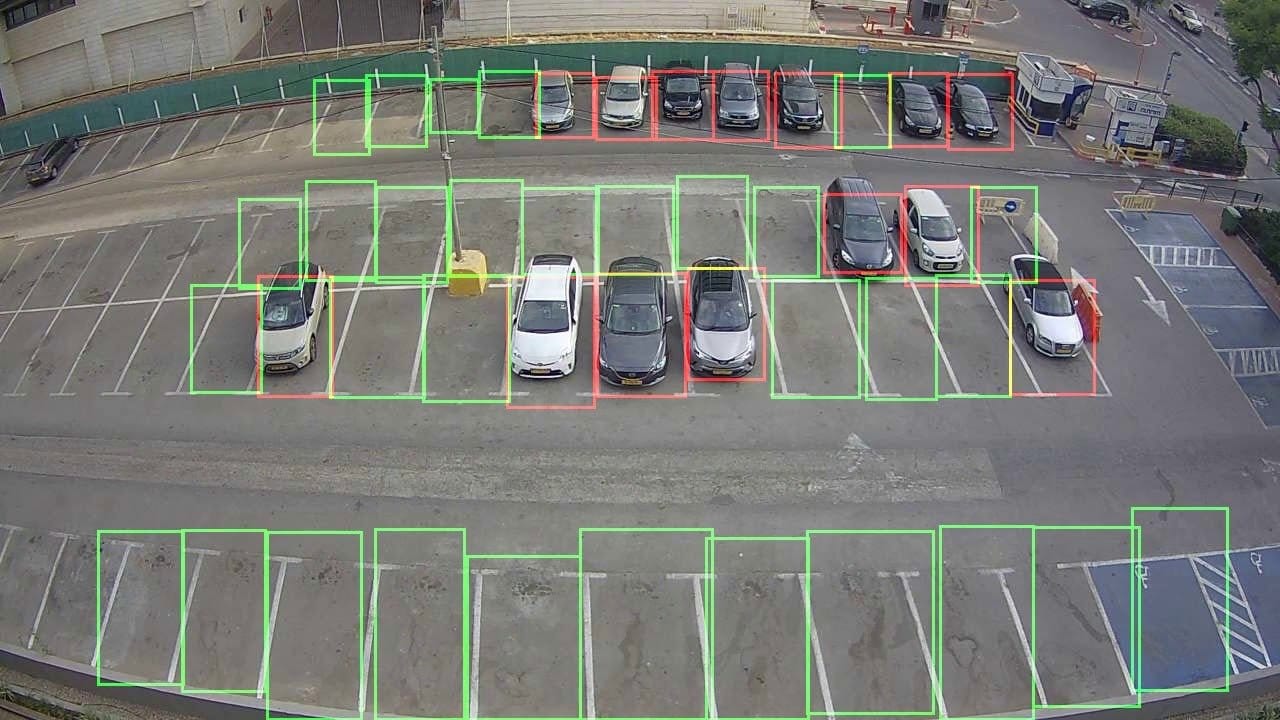What is Parking Lot Occupancy Detection?
A visual parking lot occupancy detection uses deep learning algorithms that process the real-time video stream of common surveillance or IP cameras. Such a detection system is able to employ the camera systems (CCTV) that are pre-installed for security purposes. General surveillance and parking lot occupancy detection can be performed simultaneously.
Deep learning models are used to determine the occupancy of parking spaces from images obtained by surveillance cameras. Such deep neural networks achieve high accuracy and applicability in real-time environments.
Key Features of Parking Lot Occupancy Monitoring
Real-time parking lot occupancy detection allows decentralized processing for public and private parking facilities.
- Detection and classify vehicles in pre-defined parking slots.
- The system checks the availability of parking slots in real-time.
- Deep learning methods are robust enough to operate with multiple weather conditions and challenging daylight situations.
- Edge AI with on-device machine learning allows privacy-preserving and high-performance image recognition.
Value of Occupancy Detection with Deep Learning
Computer vision based parking lot detection uses deep learning models to determine if a parking spot is vacant. Compared to wired or wireless sensor-based methods, there is no installment of costly sensors for every parking space required (along with high installation and maintenance costs for large-scale applications). In comparison, AI vision-based systems are highly scalable and can be used in indoor environments like mega shopping malls or outdoor parking lots.
- Vision-based parking lot occupancy detection with deep learning saves cost compared to costly sensor-based techniques.
- Parking lot optimization helps reduce traffic congestion during peak hours and traffic flows in cities caused by people cruising for a parking spot (about 30%).
- No additional infrastructure is required for camera-based solutions, provided that the facility is equipped with CCTV surveillance cameras covering the parking spaces.
- Vision-based solutions provide the exact location of the vacant parking space, a requirement for navigation of vehicles to vacant parking spaces.
- High applicability of AI vision methods to on-street and residential parking spaces (private on-device machine learning).
